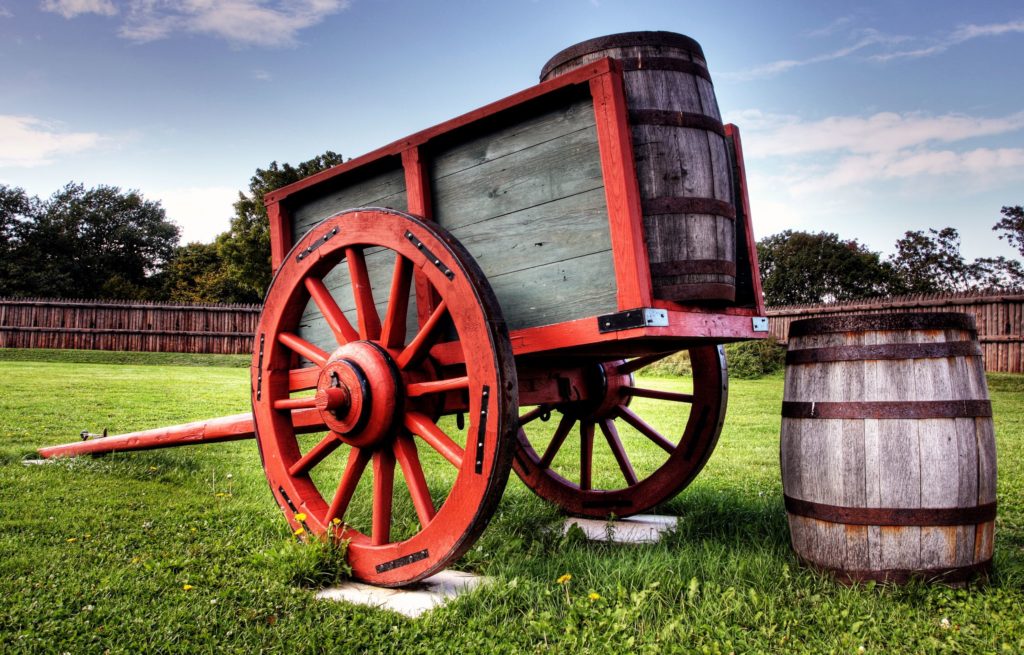3.3 Best Practice: Defining a Shared Vision
What We’re Hearing
Directing a historic site with multiple partners requires coordination of each party’s vision, drawing on shared resources to support development over time.
Planning presents a range of issues, particularly in the envisioning of shared goals and objectives for the site’s future that are clearly defined. Plans are often developed without consultation or consideration of each others’ goals, and the community context, more broadly.
Whether in the creation of long-term strategic plans or short-term goals, conflicts arise when there are too many “cooks” in the kitchen – leading to lack of action, delayed progress, and organizational fatigue.
Best Practices
Planning requires collaboration to varying degrees. Allow those with responsibility for an area to lead its planning process, supported by input from other parties, as necessary. The vision statement included in the agreement should direct subsequent planning for the site, so be sure to revisit that statement and use it to guide collective planning efforts. Participate in visioning activities when invited ensure your voice and needs are addressed down the line.
Best Practices for Owners
Best Practices for Operators/Third Parties
Try This – Operators and Third Parties
Aligning your plans with the owner’s priorities is a strategic way to enhance the value of the site. By making clear, documented connections between your work and the owner’s objectives, you can demonstrate how the site is contributing to fulfilling the owner’s goals in the community. If your site is government owned, maintain an awareness of shifting political priorities and integrate them into your planning.
Example: A municipal owner’s Cultural Plan is updated to include goal setting around climate change and sustainability – how can you reflect this in your planning? Through programming goals, or operational changes?
